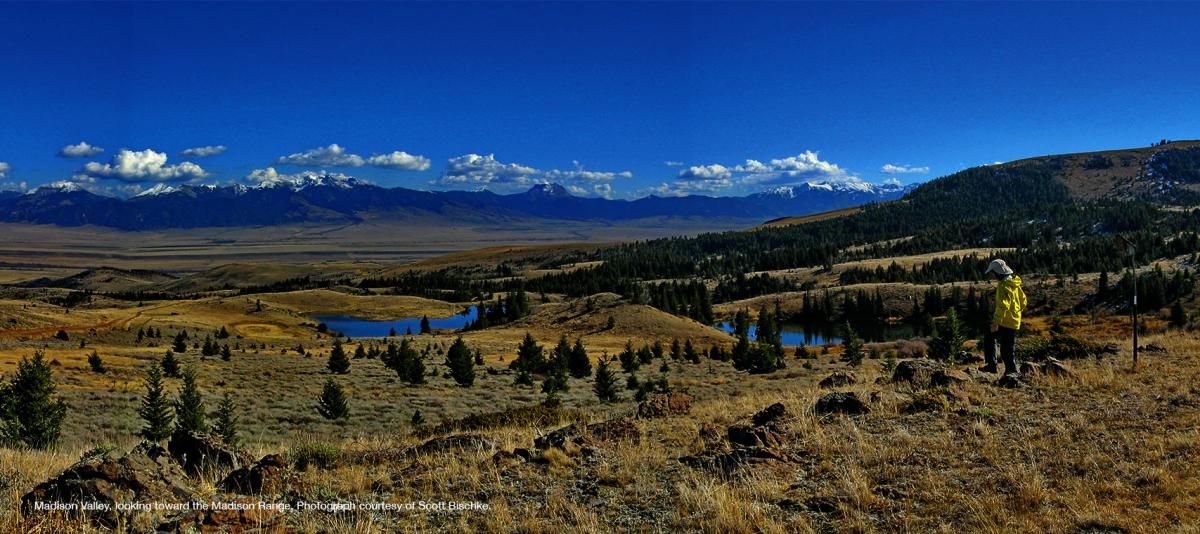
FOREWORD
Thomas Karl, LHD—Director of the National Centers for Environmental Information and the National Climatic Data Center (1998 – 2016); Chair of the White House Subcommittee on Global Change Research (2010-2016).
1 September 2017
The most recent National Climate Assessment was released in 2014 as part of a mandate from the United States Congress to report on the impacts of climate change now and in the future. That assessment covered many sectors and regions in an effort to summarize the impacts of climate change on the entire nation. Given the broad mandate of the assessment, it was not possible to focus on any one state. For example, in the National Climate Assessment, Montana is included in the Great Plains region, which covers a vast expanse from the Canadian border down to Texas and overlooks the diverse geography of Montana that ranges from snow-capped forested peaks to dry prairies. So, while the National Assessment is useful for understanding climate change at continental and regional scales, it is less clear how the information can be utilized at the local level. Thus, scientists and stakeholders in Montana were motivated to pursue a state-level effort to address the information needs of people making on-the-ground decisions. Hence, this first Montana Climate Assessment (MCA).
The 2017 MCA represents a grand experiment in science-stakeholder engagement. The objective has been to achieve a product that is scientifically accurate, up-to-date, and specific enough to serve the needs of local communities. From the outset, the MCA has purposefully engaged state- and local-level stakeholders in the development of the assessment in order to be most responsive to their needs. Additionally, as in the national level assessment, the MCA is committed to providing a synthesis and assessment of the best available science. The MCA synthesizes a large body of climate change literature, which is often technical, complex, and hard to interpret by a layperson. The primary goal of this assessment has been to translate these findings and explain their implications at a local and state level.
Importantly, in addition to its science focus, the MCA incorporates the practical knowledge and experience of indigenous groups, as well as agriculture and forestry practitioners in Montana and beyond.
To ensure that the objectives of transparency, relevance, and usefulness were met with the first MCA, the assessment underwent rigorous review before publication. The scientific content of the MCA was extensively reviewed at the highest level by experts to ensure its accuracy. Furthermore, public comment was solicited from over 1500 stakeholders directly and the general public at large.
I believe the Montana Climate Assessment is a model for how state assessments can be developed and provides an example of how to connect climate change information at the national and international levels to the challenges faced at the local scale. The MCA illustrates the importance of public universities to provide objective information that can help educate the public and inform decision makers at all levels. It also shows the benefits of broad collaboration, participation, and new partnerships.
Along with being a stand-alone report, the MCA is provided as an interactive web report to help it reach as many stakeholders as possible and to allow for rapid update as new information becomes available. As of its release, this first MCA is the best source of information about climate change in Montana. I commend it to your study and use.
